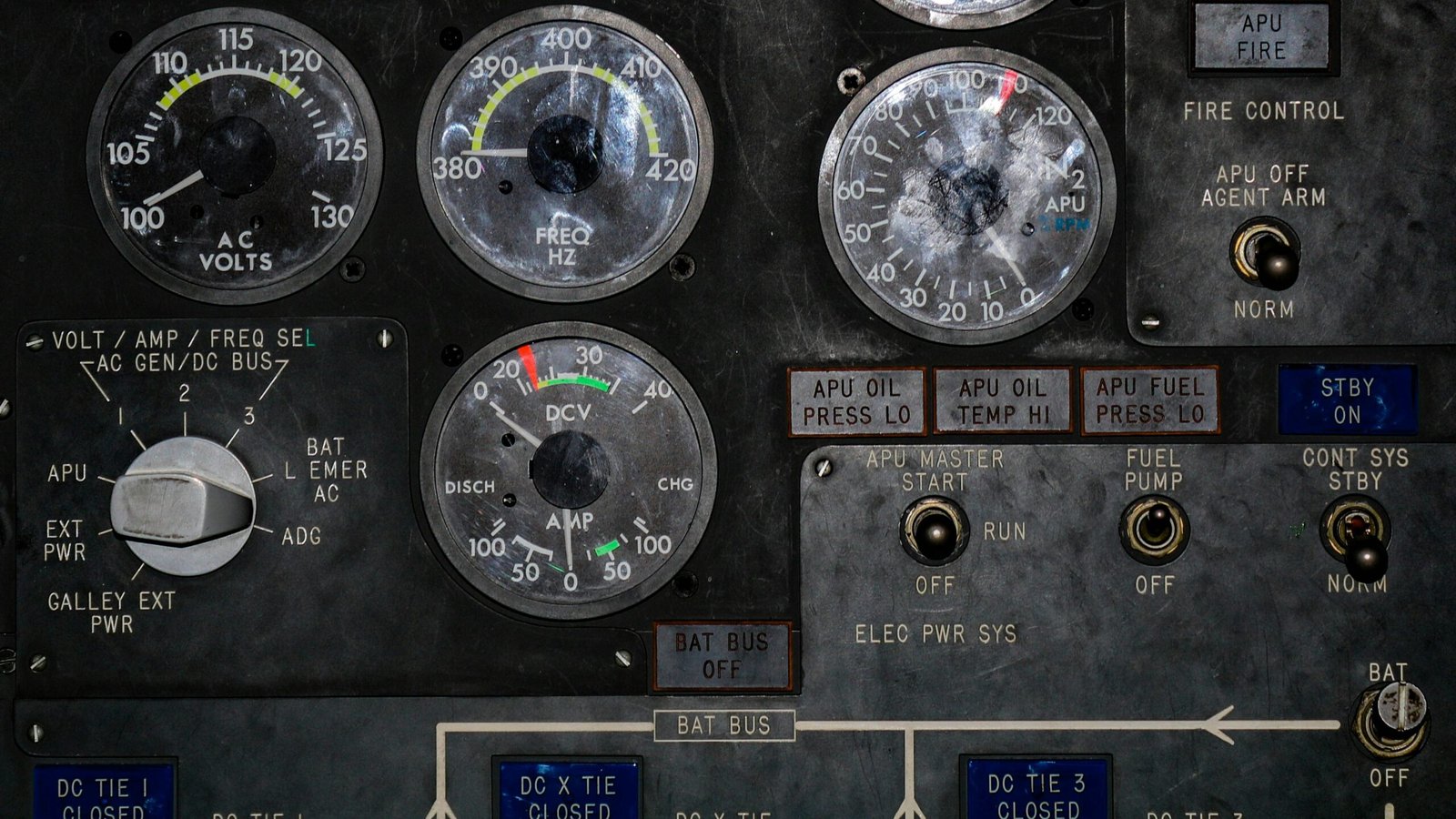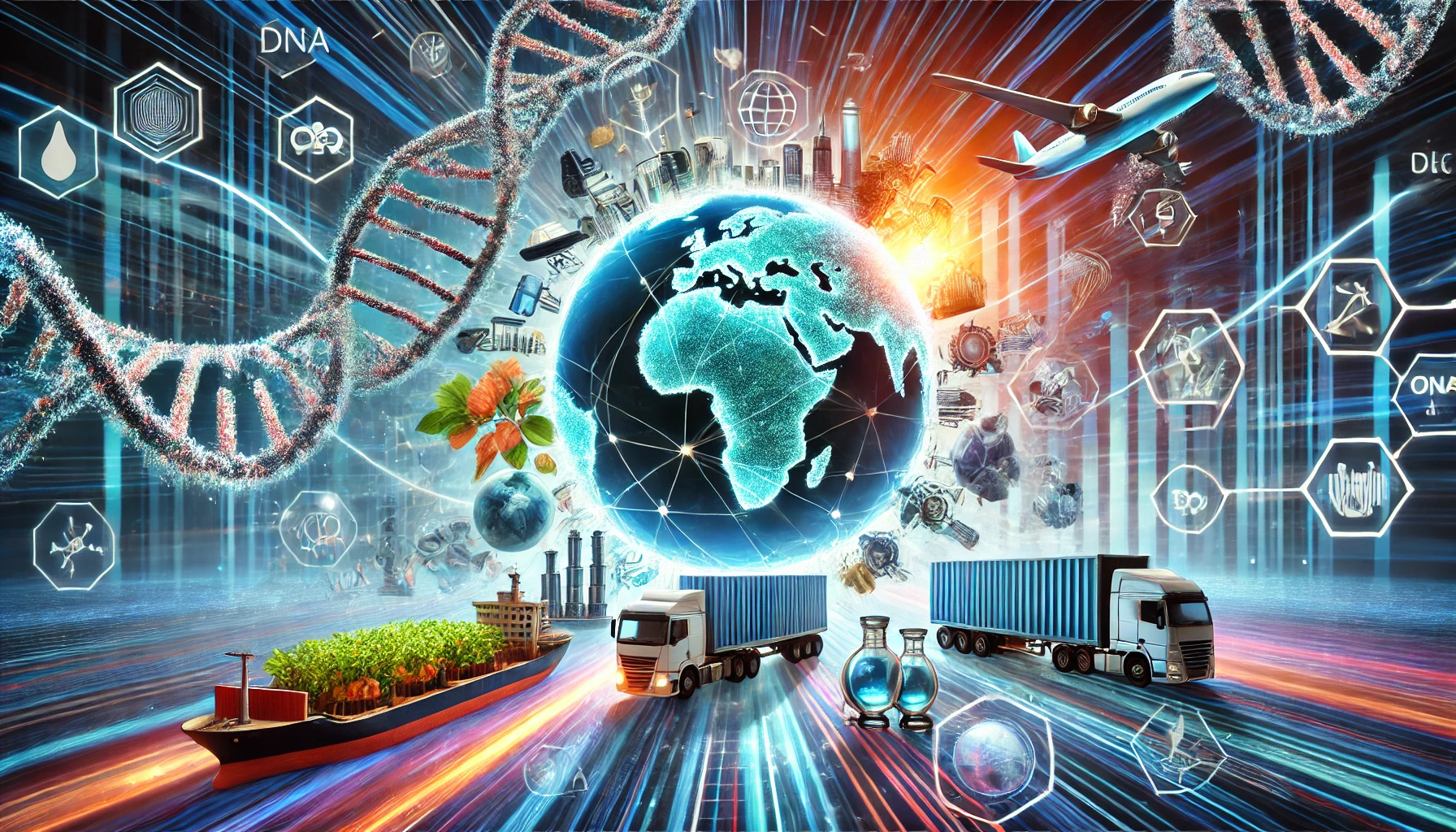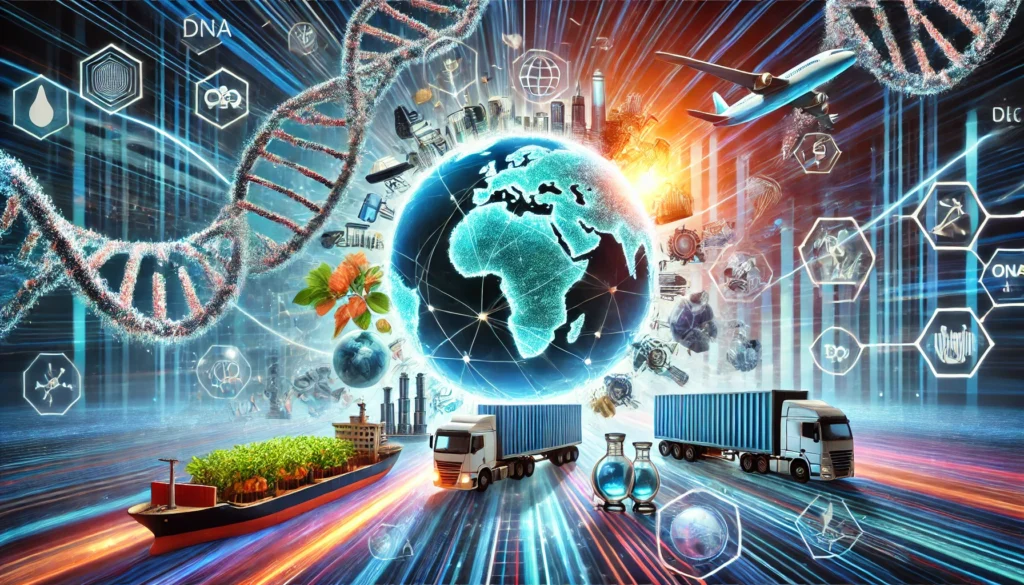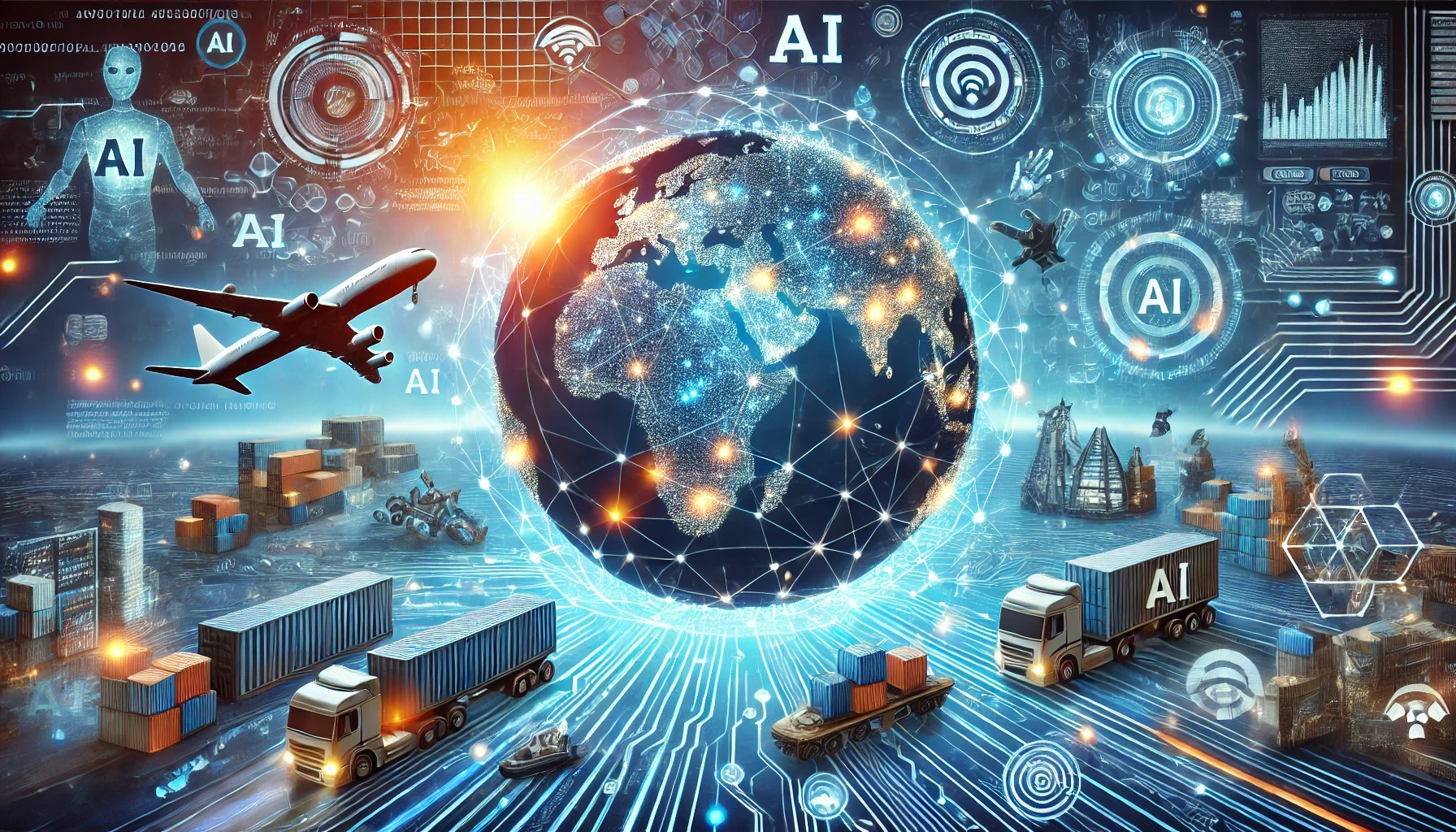Introduction to Electric Aircraft
Electric aircraft represent a significant advancement in the aerospace industry, leveraging innovative technology to create a more sustainable and eco-friendly mode of air travel.
Unlike traditional aircraft, which typically rely on fossil fuels to power their engines, electric aircraft utilize electric propulsion systems.
These systems consist of electric motors powered by batteries or hybrid power sources, effectively reducing carbon emissions and noise pollution associated with conventional planes.
The operation of electric aircraft is rooted in battery technology and renewable energy sources. Electric motors convert electrical energy into mechanical power, allowing the aircraft to gain lift and maintain flight.
The use of high-capacity batteries not only minimizes the reliance on jet fuel but also enhances energy efficiency.
As electric aircraft continue to evolve, the industry is witnessing advancements in battery technology, resulting in longer ranges and reduced charging times.
Another notable difference lies in the design and structure of electric aircraft. Many electric models adopt a more streamlined design that optimizes aerodynamic performance, further enhancing fuel efficiency.
These innovations contribute to a significant reduction in the overall carbon footprint of air travel.
Additionally, electric aircraft can be powered by renewable energy sources, aligning with global sustainability goals and improving the viability of clean energy initiatives.
The transition toward electric aircraft is not merely a trend but a fundamental shift in aviation that reflects broader changes in regulatory frameworks and market demands.
Governments and private enterprises are increasingly recognizing the importance of reducing the environmental impact of air travel.
This shift is crucial, as it influences aircraft exports and the design of future models tailored for both commercial and private use.
Electric aircraft hold the potential to redefine air travel, aligning with efforts to promote sustainable practices in the aviation industry.
Current State of Electric Aircraft Development
The field of electric aircraft development has seen significant advancements in recent years, primarily driven by the push for more sustainable air travel.
Innovations in battery technology have emerged as a cornerstone for the feasibility of electric flights.
Recent breakthroughs in lithium-sulfur and solid-state batteries are promising to outperform traditional lithium-ion batteries in terms of energy density and weight.
This is pivotal, as higher energy densities allow for longer flight ranges, addressing one of the critical challenges for electric aircraft exports.
Additionally, improvements in aerodynamics play a crucial role in enhancing energy efficiency, enabling electric aircraft to achieve better performance with lower energy consumption.
Engineers are increasingly utilizing computational fluid dynamics to optimize wing designs and reduce drag.
Such advancements are essential for establishing aircraft that can compete effectively in both domestic and international markets, thus facilitating increased exports from India and other nations focused on pioneering electric flight technology.
The market for electric aircraft is becoming increasingly competitive, with established aviation companies such as Boeing and Airbus investing heavily in research and development. Startups like Joby Aviation and Heart Aerospace are also making headway, exploring electric vertical takeoff and landing (eVTOL) aircraft and regional electric airplanes.
These innovative players are crucial for the evolution of the electric aircraft sector, particularly as they push regulatory frameworks and environmental considerations into the foreground of aviation planning.
Collectively, both established firms and new entrants are vital as they seek to position themselves within the future of sustainable air travel, contributing to the growing landscape of aircraft exports and paving the way for broader adoption of electric mobility across the aviation industry.
Regulatory Framework and Challenges

The regulatory framework surrounding electric aircraft is complex and evolving, necessitating a comprehensive understanding of the applicable laws and standards.
As manufacturers strive to bring innovative technologies to market, they face significant hurdles in obtaining the necessary certifications required for the development and operation of electric aircraft.
These challenges are fueled by a lack of established guidelines specifically tailored to the unique characteristics of electric aviation, which diverges from traditional aircraft models.
One of the primary challenges lies in securing approvals from aviation authorities, such as the Federal Aviation Administration (FAA) in the United States and the European Union Aviation Safety Agency (EASA) in Europe.
These bodies have stringent safety and regulatory requirements that must be met before an electric aircraft can enter the market.
The certification process involves comprehensive testing and evaluation to ensure that these new aircraft meet airworthiness standards.
This rigorous assessment, while crucial for safety, often results in prolonged approval timelines, hindering the pace of innovation in the sector.
Moreover, ongoing discussions surrounding safety standards and noise regulations significantly impact the future of electric aircraft.
As electric propulsion systems are generally quieter than their traditional counterparts, regulators must adapt existing noise regulations to accommodate these advancements.
Air traffic management systems also require updates to effectively handle the unique operational profiles of electric aircraft, which typically involve shorter flight ranges and more frequent takeoffs and landings compared to conventional aircraft.
Therefore, establishing an integrated framework that promotes innovation while ensuring safety and environmental compliance is essential for the successful export of electric aircraft.
In conclusion, navigating the regulatory landscape is a critical component of advancing electric aircraft exports.
Collaboration between manufacturers, regulatory bodies, and policymakers is necessary to address the challenges faced and to foster the sustainable growth of the electric aviation sector.
Global Market Opportunities for Electric Aircraft
The emergence of electric aircraft represents a significant turning point in the aviation sector, offering promising opportunities for various regions worldwide.
As nations increasingly recognize the necessity of sustainable air travel, the demand for electric aircraft is poised to grow exponentially.
Countries that invest in the research, development, and production of these innovative vehicles stand to benefit economically through aircraft exports and an enhanced global standing in the aviation industry.
In North America and Europe, there is a strong push towards electrification in aviation, driven by stringent environmental regulations and a growing public interest in sustainable travel options.
Airports in these regions are implementing infrastructure upgrades to support electric aircraft, such as charging stations and maintenance facilities.
This transition not only fosters a conducive environment for the introduction of electric aircraft but also creates robust markets for exports.
The companies producing these aircraft can leverage the burgeoning demand, establishing themselves as key players in the international market.
In Asia, particularly in countries like India, there is a burgeoning interest in electric air travel.
The Indian government has set ambitious targets to increase domestic aircraft production, which presents potential opportunities for both import from India and aircraft exports.
By focusing on the electric aviation sector, India could enhance its position in the global aerospace marketplace while addressing local issues of air quality and carbon emissions.
Additionally, partnerships with foreign companies can accelerate technological advancements and production capabilities in this evolving market.
The potential economic implications of embracing electric aircraft extend beyond local markets, influencing global trade dynamics.
Countries that effectively harness this technology can witness an influx of investments and new job creation in the aerospace sector.
By focusing on aircraft exports, nations can also boost their balance of trade while contributing to the global shift toward sustainable aviation practices.
Environmental Impact and Sustainability Benefits
The advent of electric aircraft marks a significant milestone in the aviation industry, particularly in terms of environmental sustainability.
One of the key benefits of electric aviation is the substantial reduction in greenhouse gas emissions.
Traditional aircraft are major contributors to global carbon emissions, which necessitate a shift towards more efficient alternatives.
Electric aircraft provide a solution by utilizing cleaner energy sources, thereby decreasing the overall carbon footprint associated with air travel.
This transition is aligned with global efforts to combat climate change, demonstrating a commitment to improved environmental stewardship.
In addition to reducing emissions, electric aircraft significantly lower noise pollution, an aspect often overlooked in discussions about air travel.
Conventional jet engines produce high levels of noise, which can disrupt local communities near airports and contribute to environmental stress.
Electric aircraft, on the other hand, operate more quietly, leading to enhanced quality of life for residents living in proximity to flight paths.
This reduction in noise also opens up potential for urban air mobility, allowing for aircraft operations in areas where restrictions were previously prohibitive due to noise concerns.
Furthermore, energy efficiency is a hallmark of electric aircraft technology.
Electric propulsion systems are generally more efficient than their fossil fuel counterparts, converting a larger percentage of energy from their power sources into usable thrust.
This efficiency not only enhances the operational sustainability of individual flights but also contributes to overall aircraft exports, as nations seek advanced and eco-friendly solutions to meet their aviation needs.
As countries like India begin to embrace these technologies, the potential for import from India of electric aircraft could pave the way for a more sustainable aviation ecosystem globally, aligning the industry’s future with pressing environmental priorities.
Technological Innovations Driving the Industry
As the aviation industry shifts towards sustainability, technological innovations play a pivotal role in enhancing the potential of electric aircraft.
For many years, the challenge of inadequate battery efficiency has stymied the growth of electric aircraft.
However, recent advancements in lithium-ion and solid-state batteries have significantly improved energy storage capacity and reduced charging times.
These improvements enable electric aircraft to achieve longer flight ranges, making them more viable for commercial use.
Enhanced battery technology not only allows for more efficient aircraft but also plays a crucial role in reducing operational costs associated with flying.
Another key innovation is the development of hybrid systems, which combine traditional engines with electric motors.
This approach facilitates a gradual transition towards fully electric flight while providing immediate operational flexibility.
Hybrid aircraft can leverage electricity during takeoff and landing, where fuel consumption is highest, and switch to conventional engines at cruising altitude, allowing for a broader range of flight profiles.
This blend of technologies is essential for maintaining efficiency without compromising performance, essentially setting the stage for future aircraft exports.
The advancement of electric motors has also contributed to this transformation. These motors are typically lighter and more efficient than their traditional counterparts.
By minimizing weight and maximizing propulsion efficiency, electric aircraft can attain enhanced performance levels, which are crucial for both commercial and cargo applications.
Moreover, the evolution of unmanned aerial vehicles (UAVs) has showcased the potential of electric propulsion. These UAVs often prioritize battery efficiency and low operating costs, presenting a model for future electric aircraft development.
In conclusion, the aerospace sector is witnessing rapid technological advancements that are propelling the growth of electric aircraft.
Innovations in battery efficiency, hybrid systems, and electric motors are carving out new opportunities for aircraft exports and reshaping the landscape of air travel, ultimately contributing to a more sustainable future. The ongoing commitment to research and development will not only transform domestic air travel but also boost the potential for export from India to global markets. As these technologies continue to mature, the aviation industry is poised to experience a significant paradigm shift.
Economic Implications for the Aviation Sector
The transition to electric aircraft represents a significant turning point for the aviation sector, carrying profound economic implications. As manufacturers embrace electric aircraft technology, cost savings are anticipated at multiple levels. Initial investments in electric aircraft development may be substantial; however, the long-term operational costs are expected to decrease. Electric aircraft promise lower fuel expenses and reduced carbon emissions, which can translate into savings for airlines. With cheaper maintenance requirements due to fewer moving parts compared to traditional jet engines, companies can further cut operational expenditures.
The shift towards electric aircraft also necessitates a transformation in operational models within the aviation industry. As airlines incorporate electric aircraft into their fleets, changes in flight scheduling, charging infrastructure, and route planning will emerge. Airports will need to adapt, equipping facilities with charging stations and ensuring that the power supply aligns with the new technological requirements. This progressive shift not only influences cost structures but also positions companies to capitalize on the growing demand for sustainable air travel, thus enhancing revenue streams.
Additionally, the introduction of electric aircraft is likely to reshape the job landscape within the aviation sector. While some traditional jobs may become obsolete due to the technological evolution, new opportunities will arise in areas such as electric aircraft manufacturing, charging station operations, and maintenance. This transition can lead to a reallocation of workforce skills, fostering a demand for engineers, technicians, and other specialists trained in electric aviation technologies.
Furthermore, as export from India continues to grow in the aviation sector, the adoption of electric aircraft could position India as a key player in the global market. The ability to innovate and produce electric aircraft not only strengthens domestic enterprises but also boosts international trade, showcasing India’s potential in aircraft exports. The implications of this shift are indeed profound and merit close examination as the industry moves toward a more sustainable future.
Case Studies: Successful Implementations
The integration of electric aircraft into various operations has garnered significant interest as a means to promote sustainable air travel. Several companies and regions have embarked on the journey of incorporating electric aviation technologies, facing unique challenges while also achieving notable successes.
One enlightening example comes from the Norwegian company, Avinor, which operates several regional airports. Avinor has taken aggressive steps toward sustainable aviation by planning the introduction of electric aircraft extensively by 2025. They collaborated with manufacturers to equip their airports with necessary charging infrastructure while also working with local governments to address regulatory and operational hurdles. Through this initiative, Avinor aims to become a pioneer in electric aviation, highlighting Norway’s enthusiastic approach towards sustainable exports, particularly in the aviation sector.
Another noteworthy case is the collaboration between the United States and several aerospace companies, such as Joby Aviation. Joby has developed an all-electric vertical take-off and landing (eVTOL) aircraft and is paving the way for an innovative aerial taxi service. The company faced numerous challenges during the design and certification process, including regulatory obstacles and public skepticism of electric aircraft safety. However, through rigorous testing and adherence to stringent safety protocols, Joby has advanced toward a commercial launch, showcasing how innovation can overcome barriers in the electric aviation landscape.
In addition to these companies, regions such as the Caribbean have also embraced electric aircraft technology. With their focus on tourism and environmental conservation, a consortium of airlines in this area is exploring electric planes to reduce emissions associated with short-haul flights. The islands recognize that increasing electric aircraft usage could lead to more sustainable tourism and, consequently, boost their economy through reduced import from India of traditional jet fuels.
These case studies exemplify the potential of electric aircraft to transform aviation practices on a global scale. The challenges faced by these innovators are significant, but their success illustrates a promising path forward towards sustainable air travel.
The Future of Electric Aircraft Exports
The landscape of global aviation is undergoing a significant transformation with the advent of electric aircraft, which are expected to revolutionize air travel while aligning with sustainability goals. As the technology behind these aircraft continues to evolve, so too does their potential for aircraft exports. The increasing efficiency of electric propulsion systems, battery technology, and lightweight materials has set the stage for a new era in aviation, facilitating the possibility of substantial export from India to various international markets.
Market demand for environmentally friendly transportation solutions has surged, driven by a growing awareness of climate change and the need for sustainable practices within the aviation sector. This shift poses a compelling opportunity for countries like India, which is progressively enhancing its capabilities in electric aircraft manufacturing. As the nation invests in research and development, there is potential for significant growth in aircraft exports, not just to nearby regions but also to markets across Europe and North America, where regulations increasingly favor green technologies.
International collaborations will play a pivotal role in shaping this burgeoning industry. Partnerships between Indian firms and established global players can enhance knowledge exchange and facilitate the sharing of advanced technologies. This collaboration is essential in developing aircraft that meet stringent international aerospace standards while ensuring competitiveness in pricing and performance. Furthermore, government initiatives aimed at incentivizing green technologies can provide the necessary support for manufacturers to transition towards electric aircraft production.
Ultimately, the confluence of technological evolution, market demand for electric solutions, and proactive government policy will define the future of electric aircraft exports. As these elements come together, the global air travel landscape is poised for a sustainable transformation that benefits not only consumers but also the environment. The journey towards sustainable air travel appears promising, and the export potential for electric aircraft will be pivotal in that narrative.






